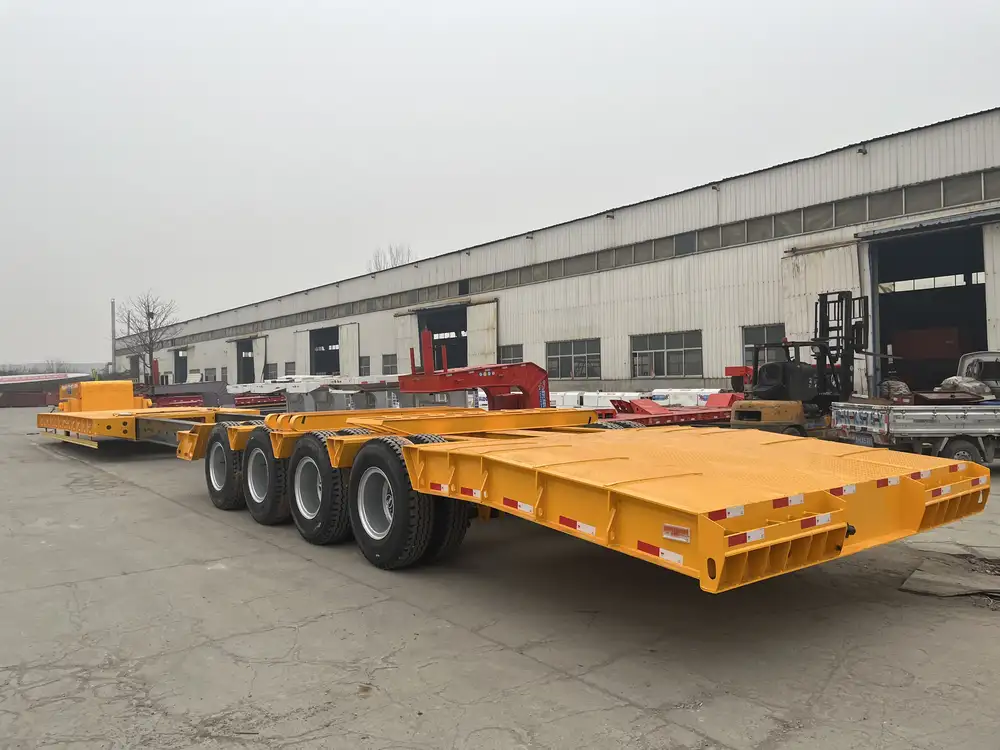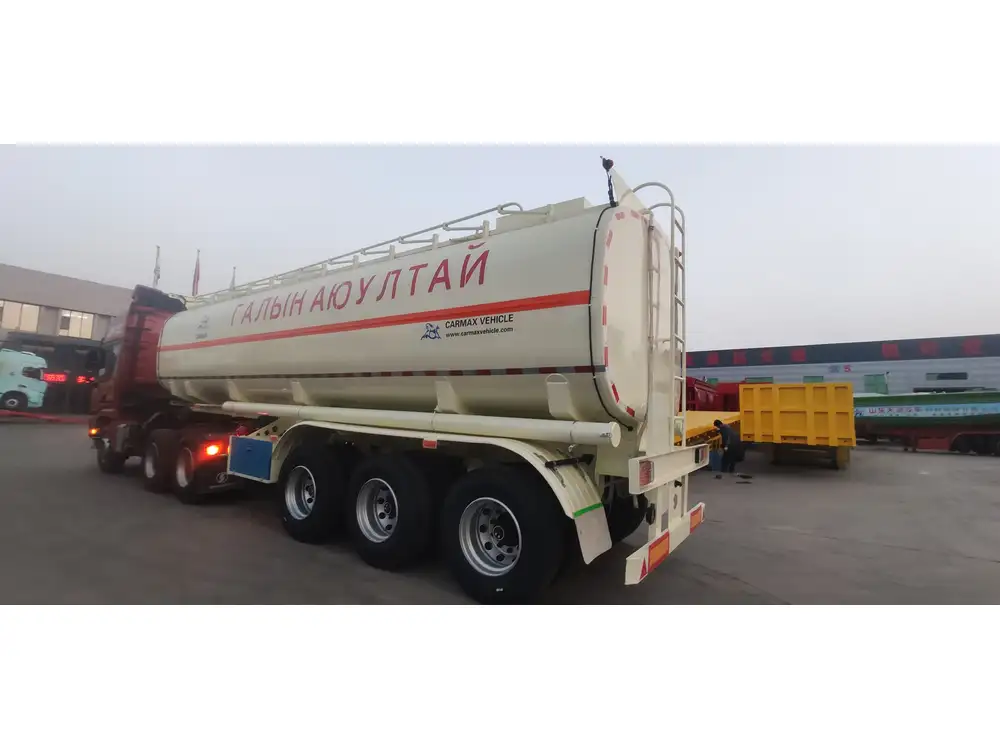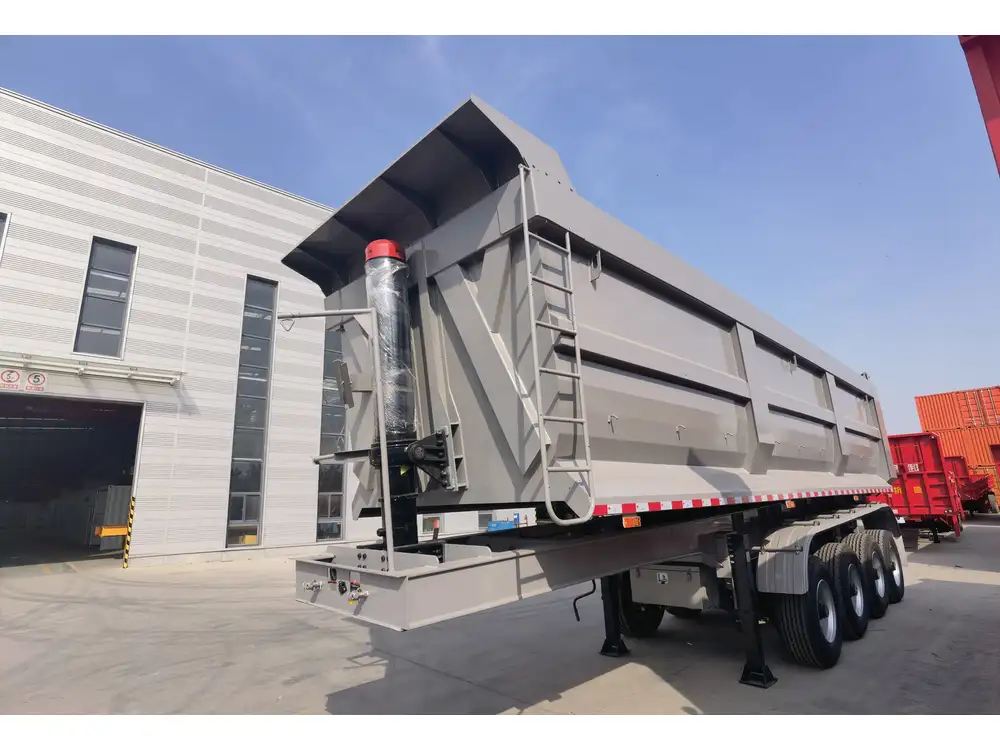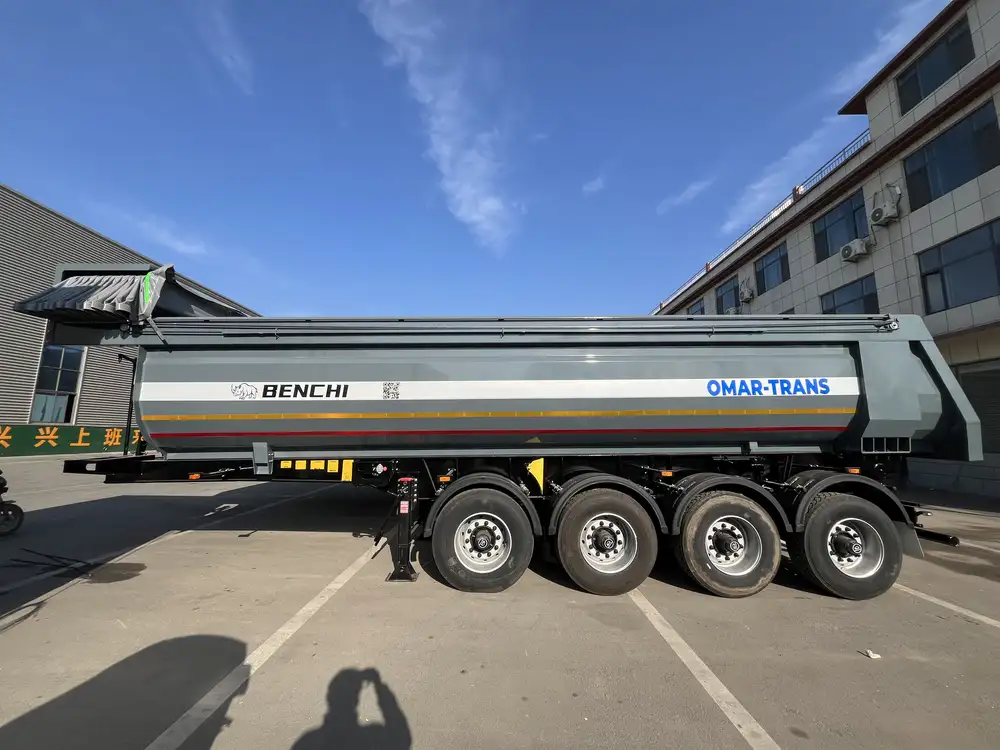Converting a semi-trailer into a performance stage requires careful planning, creativity, and an understanding of the functionality needed for successful production. From enhancing acoustics to integrating lighting systems, there is much to consider to ensure your converted trailer not only meets performance requirements but also captivates the audience. Here’s a step-by-step guide to powering your converted semi-trailer effectively while incorporating essential features.
1. Understanding the Basics of Powering Your Performance Stage
a. Electrical Supply Requirements
The first step in powering your semi-trailer stage is to assess the electrical supply requirements. Consider the following elements:
| Equipment | Power Rating (Wattage) | Quantity | Total Power Consumption (W) |
|---|---|---|---|
| Amplifiers | 1000 | 2 | 2000 |
| Lighting Fixtures | 500 | 6 | 3000 |
| Mixing Consoles | 200 | 1 | 200 |
| Miscellaneous | 800 | 1 | 800 |
| Total | 6000 |

b. Choosing the Right Power Source
After establishing power consumption needs, the next step is choosing the appropriate power source. Here are the common options:
- Generator Systems: Efficient for off-grid locations. Select a generator with sufficient wattage and consideration for fuel type (gasoline, diesel).
- Battery Systems: Ideal for silent operations. High-capacity lithium batteries can supply clean power but may require solar panels for charging.
- Mains Power Connection: If your locations allow for it, connecting directly to a reliable power grid can simplify logistics.
2. Infrastructure Setup: Wiring and Distribution
a. Internal Wiring
Implement a robust internal wiring system to ensure safety and reliability:
- Use Heavy-Duty Cables: This minimizes voltage drop and improves safety.
- Circuit Breakers and Fuses: Install to protect against overloads.
- Dedicated Circuits: Separate circuits for lighting, audio equipment, and other appliances enhance performance stability.

b. Power Distribution System
Creating an effective power distribution system is crucial for managing the electrical load:
- Power Distribution Unit (PDU): Use PDUs with multiple outlets that can withstand high loads. Consider a PDU with surge protection.
- Venues and Staging Areas: Identify strategic locations for power outlets, ensuring that all equipment has access without creating trip hazards.
3. Integrating Sound Systems
a. Selecting Audio Equipment
Choose audio systems that complement your stage capabilities:
- Speakers: Opt for high-quality speakers designed for outdoor performance. Look for weather-resistant options.
- Mixing Consoles: Ensure it supports multiple input channels for a seamless audio experience.
- Microphones: Wireless microphones reduce cable clutter and increase mobility.

b. Acoustic Treatment
Acoustics play a vital role in sound quality. Here’s how to enhance it:
- Sound Absorption Panels: Install these on the walls to minimize echo and enhance sound clarity.
- Bass Traps: Place in corners to manage low-frequency sounds effectively.
4. Designing the Lighting Setup
a. Key Lighting Elements
Lighting can significantly affect the ambiance and mood of your performance:
- Stage Lighting: Use LED lights for efficiency and versatility. DMX-controlled lights allow for dynamic color changes and effects.
- Floodlights: For outdoor stages, powerful floodlights ensure visibility.
- Special Effects: Integrate fog machines or lasers to create an engaging visual experience.

b. Positioning and Safety Measures
Strategically position lighting equipment to maximize impact while ensuring safety:
- Height and Angle: Place lights at a height that avoids direct blinding to performers while achieving full stage coverage.
- Cabling: Manage cable runs to prevent tripping hazards.
5. Creating a Stage Layout
a. Space Configuration
An effective stage layout considers both aesthetics and functionality:
- Performance Space: Define a clear area for performers that accommodates movement and equipment.
- Audience Areas: Consider seating arrangements that promote visibility and comfort.

b. Accessibility and Safety
Incorporate accessibility features within your layout:
- Exit Routes: Ensure ample exits for emergency evacuations.
- Accessible Paths: Design paths for easy movement of equipment and stagehands.
6. Adding Comfort Features for Performers
a. Backstage Areas
Create dedicated backstage spaces for performers:
- Green Rooms: Design comfortable resting areas equipped with amenities like seating and refreshments.
- Changing Rooms: Ensure privacy with individual changing areas.

b. Climate Control
Maintain a comfortable environment for performers:
- Ventilation: Install fans or vents to circulate air and prevent overheating during performances.
- Heating/Cooling Systems: Consider these to ensure comfort across varying weather conditions.
7. Incorporating Technology for Enhanced Experiences
a. Video and Streaming Integration
Integrating video technology can elevate the performance experience:
- LED Screens: Use screens for enhanced visuals, displaying live feeds or background imagery.
- Streaming Equipment: Set up cameras for live streaming performances to reach a wider audience.

b. Interactive Features
Engage the audience by incorporating interactive technology:
- Mobile App Integration: Develop apps that allow audience participation, such as song voting or question submissions.
- Social Media Sharing Stations: Encourage audience members to share their experience on social media, promoting future events.
8. Safety Protocols and Regulations
a. Compliance with Local Regulations
Ensure that your converted semi-trailer stage meets all local safety regulations:
- Building Codes: Familiarize yourself with the jurisdiction’s building codes related to structures and electrical installations.
- Event Permits: Acquire necessary permits for staging events.

b. Safety Training for Crew
Train your crew on safety practices:
- Emergency Procedures: Conduct drills to prepare for emergency evacuations or equipment failures.
- Equipment Handling: Provide training on the proper use of all equipment.
9. Post-Event Logistics and Maintenance
a. Efficient Breakdown and Transport
Plan for an efficient breakdown process post-event:
- Equipment Inventory: Keep an inventory of all equipment used to ensure nothing is left behind.
- Loading Protocols: Develop a systematic process for loading equipment back into the semi-trailer.

b. Regular Maintenance Checks
Schedule regular maintenance to prolong the life of your setup:
- Electrical Systems: Regularly inspect wiring, generators, and PDUs for wear and tear.
- Acoustic Treatments and Lighting: Check for damage or degradation to keep performance quality high.
Conclusion
Successfully powering a converted semi-trailer to serve as a performance stage requires a cohesive approach focusing on functionality, safety, and audience engagement. By meticulously planning power requirements, integrating sound and lighting systems, ensuring safety regulations compliance, and embracing technology, your semi-trailer can become a top-tier venue for any performance. With thoughtful attention to detail, from backstage accommodations to post-event logistics, your efforts will lead to memorable experiences for both performers and audiences alike.



